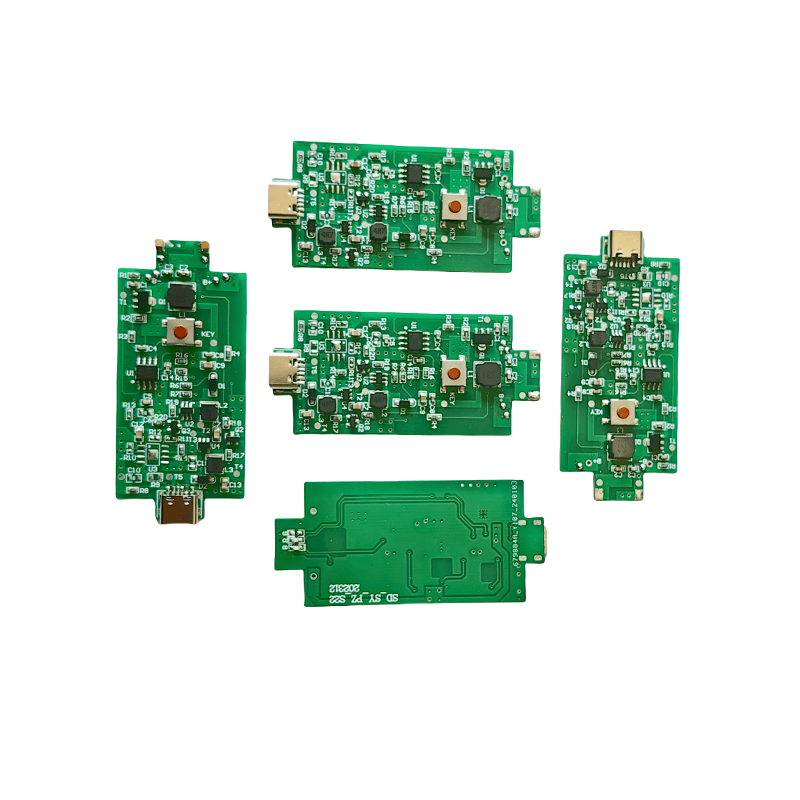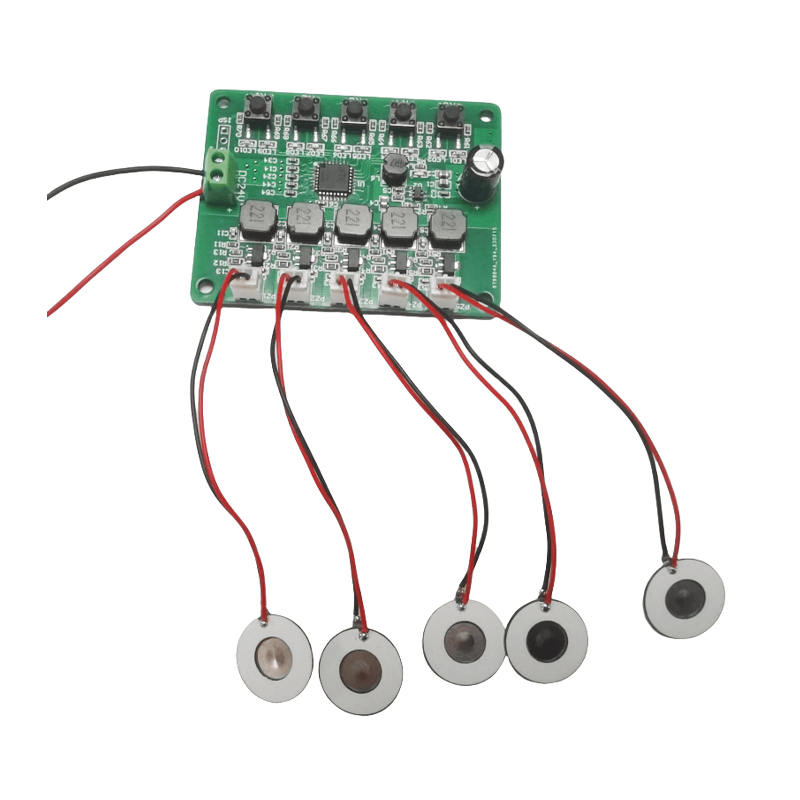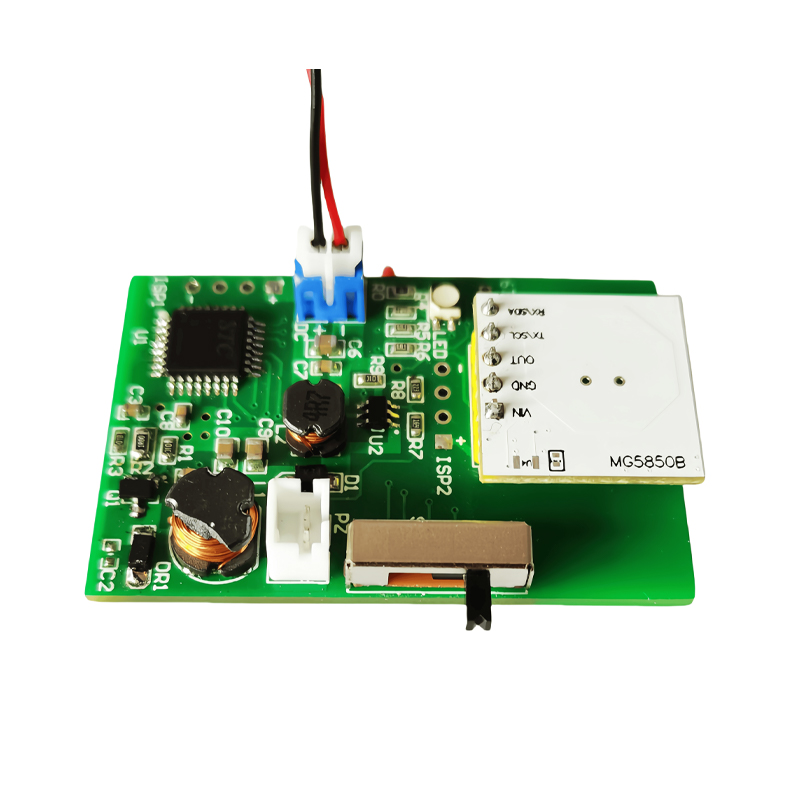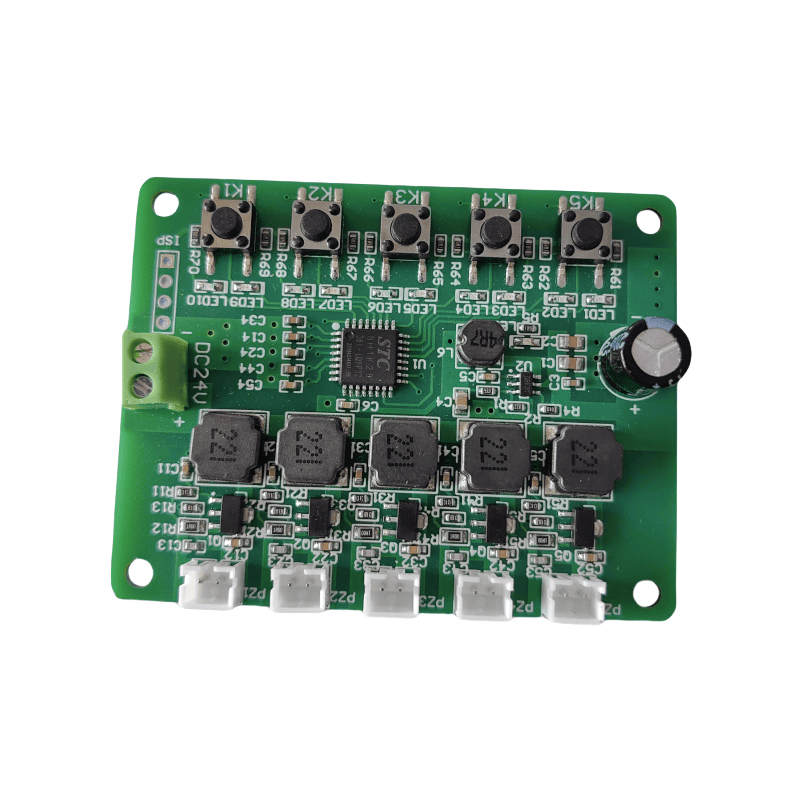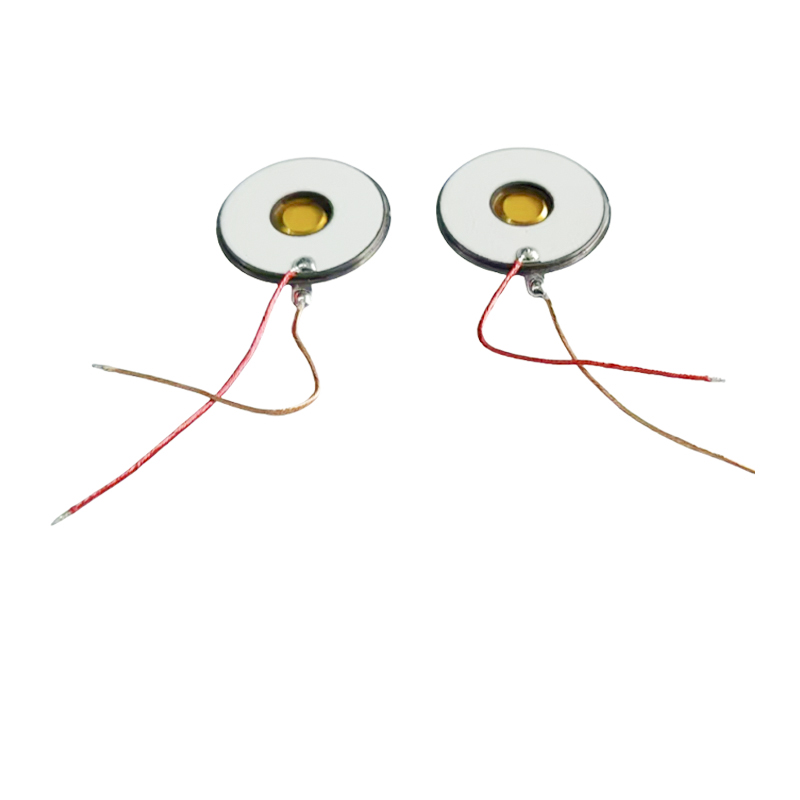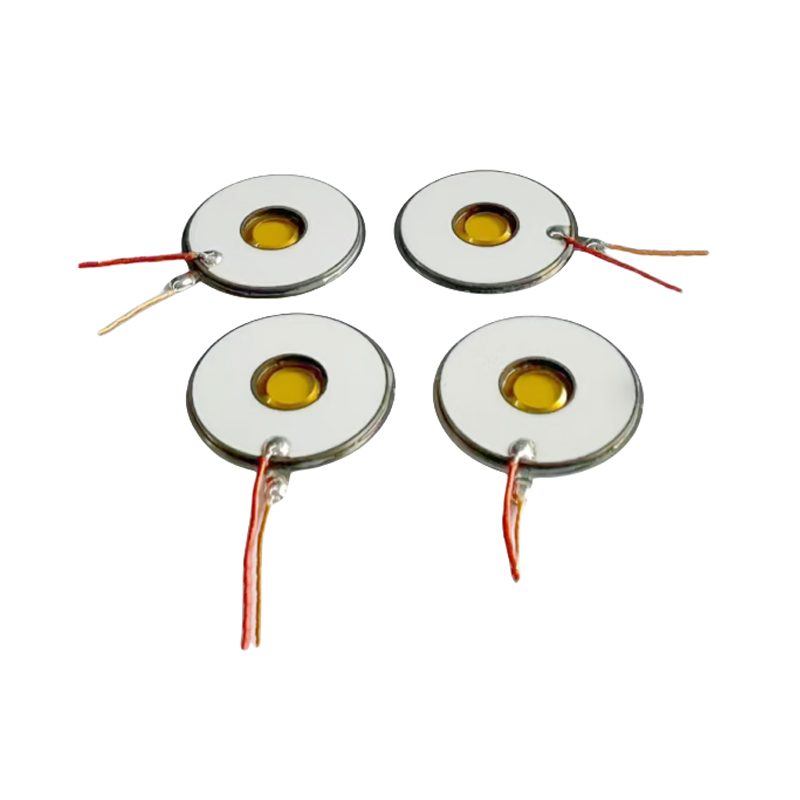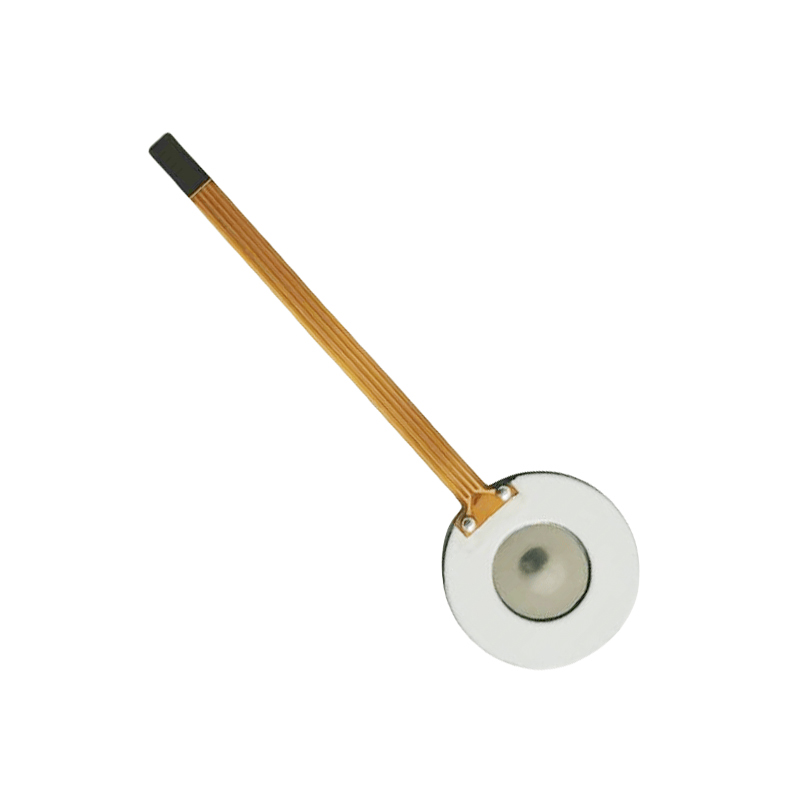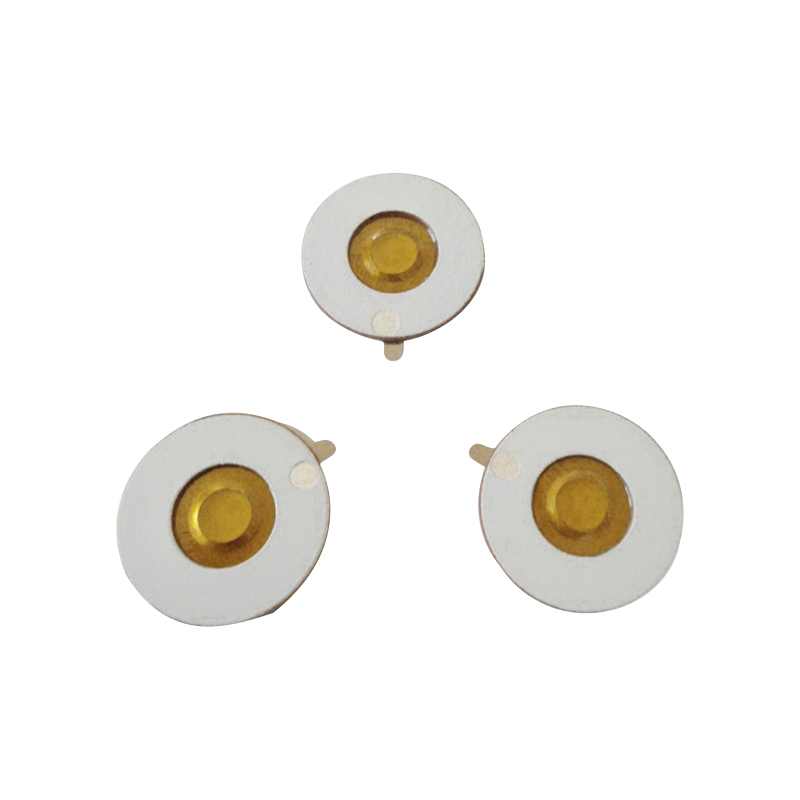How does the piezoelectric transducer chip of the ultrasonic fetal heart monitor work?
The core technical principle of the piezoelectric transducer chip
The precise operation of the ultrasonic fetal heart monitor lies in the energy conversion mechanism of the piezoelectric transducer chip. As a key component connecting electronic signals and acoustic signals, the chip realizes bidirectional energy conversion based on the piezoelectric effect. When the electrical signal is input, the piezoelectric material inside the chip generates mechanical vibration due to the inverse piezoelectric effect, thereby emitting ultrasonic waves of a specific frequency; and when the sound waves reflected by the fetal heart and surrounding tissues act on the chip, the positive piezoelectric effect converts the mechanical vibration into a recognizable electrical signal. This conversion process constitutes the basic link of fetal heart monitoring, ensures the feasibility of non-invasive detection, and maintains the stability of signal transmission through the inherent properties of the material. The emission of high-frequency sound waves and the reception of echoes form a closed loop. The chip indirectly reflects the beating law of the fetal heart by capturing the periodic changes of the echo signal, providing the original acoustic data for the subsequent heart rate calculation.
The influence of piezoelectric materials on the performance of transducer chips
The performance of piezoelectric transducer chips depends largely on the characteristics of the selected piezoelectric materials. Materials used in fetal heart monitoring scenarios must meet both high sensitivity and low noise characteristics. High sensitivity ensures that the chip can capture weak fetal heart beat echoes, especially when the fetal position is variable or the gestational age is early, and the signal can still be recognized; low noise characteristics reduce the interference signal generated by the material's own vibration and avoid contamination of the original fetal heart signal. Such materials usually have stable piezoelectric constants and mechanical quality factors. In the temperature and humidity environment of pregnancy monitoring, they can maintain the consistency of physical properties and will not cause the signal conversion efficiency to decrease due to fluctuations in external conditions. The biocompatibility of materials is equally important. Although the chip does not directly contact the human body, the overall device after packaging must meet medical safety standards. The chemical stability of the material itself can reduce potential safety risks.
The core function of transducer chips in fetal heart monitoring
In the fetal heart monitoring process, piezoelectric transducer chips play the dual roles of signal capture and preliminary processing. The high-frequency sound waves it emits have directional propagation characteristics, which can penetrate the abdominal wall and uterine tissue of pregnant women, accurately focus on the fetal heart area, and reduce the scattering interference of surrounding tissues on sound waves. When sound waves encounter active interfaces such as the opening and closing of heart valves and myocardial contraction, the echo signal will produce regular frequency changes. The chip converts the acoustic signal into an electrical signal waveform by sensing this change. Compared with ordinary sensors, the chip designed for fetal heart monitoring has targeted optimization in signal filtering, which can automatically filter irrelevant signals such as maternal vascular pulsation and respiratory movement, and highlight the characteristic frequency of the fetal heart signal. This selective recognition capability enables the subsequent heart rate calculation module to analyze based on purer original data, thereby improving the reliability of the monitoring results.
Clinical safety considerations in chip design
The particularity of fetal heart monitoring requires that piezoelectric transducer chips be integrated into the design of multiple clinical safety considerations. The ultrasonic transmission power of the chip must be strictly controlled within the safety threshold, which must ensure sufficient detection capability and avoid the potential impact of high-frequency sound waves on fetal development. This balance is achieved by optimizing the energy conversion efficiency of the material, while reducing the transmission power and maintaining the monitoring effect by improving the receiving sensitivity. The chip packaging process also focuses on safety. Medical-grade packaging materials must have disinfection resistance and anti-aging properties to ensure that no harmful substances are released during long-term use and repeated disinfection. The operating temperature range of the chip is limited to the human body's tolerance range, avoiding the heat generated by long-term work from being transferred to the monitoring part, ensuring the physical safety of pregnant women and fetuses.



 English
English 中文简体
中文简体